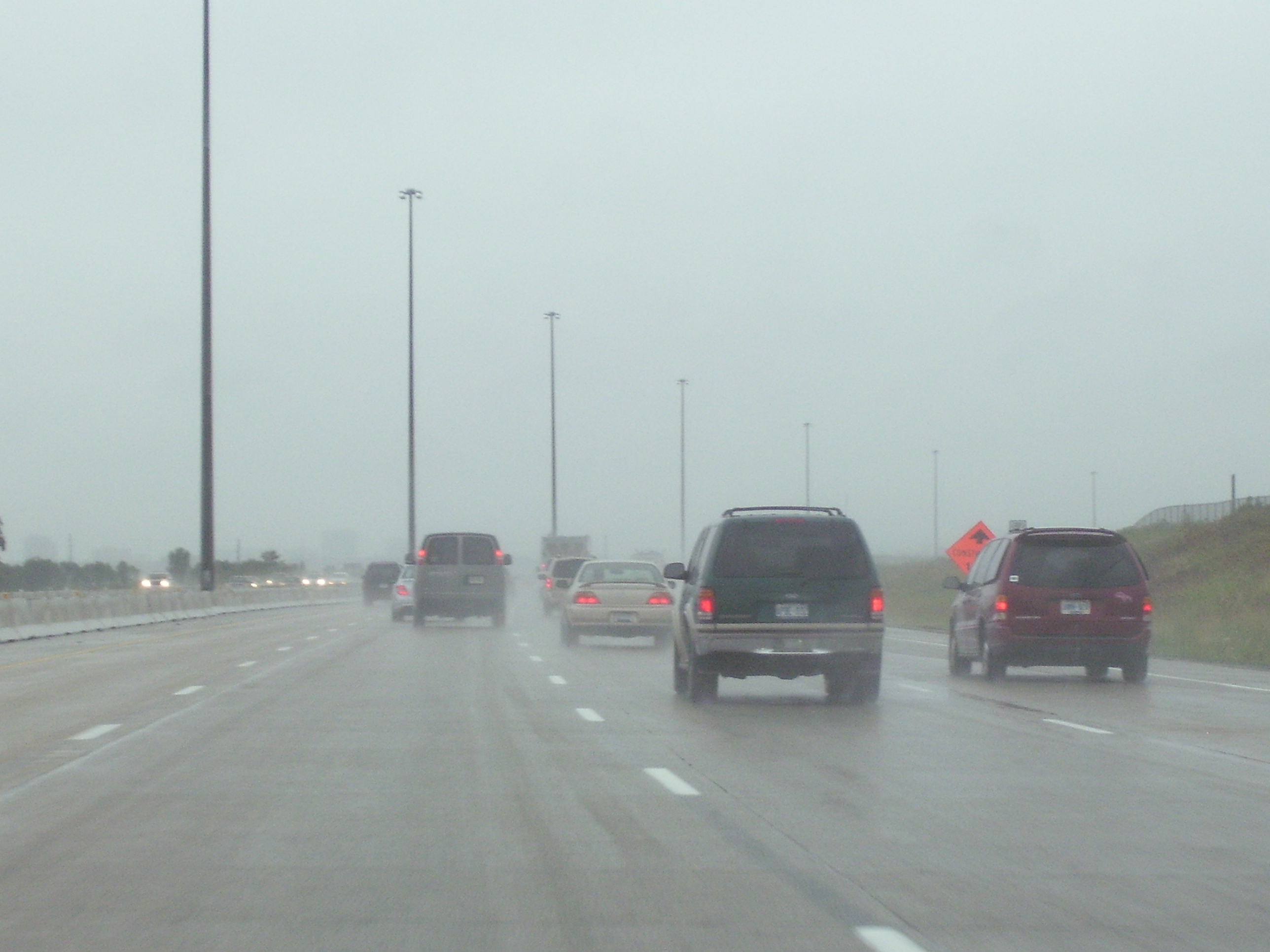Lane, lane go away…
 When I drive, I try to give myself the best opportunity to see and respond to problems. Part of this process is deciding which lane I’m driving in. Which lane do you drive in? The law says to keep to the right, except when over-taking another vehicle or if you’re intending to make a left turn, but is that enough?
When I drive, I try to give myself the best opportunity to see and respond to problems. Part of this process is deciding which lane I’m driving in. Which lane do you drive in? The law says to keep to the right, except when over-taking another vehicle or if you’re intending to make a left turn, but is that enough?
At Young Drivers of Canada, we teach drivers to change lanes as necessary. We use the term “Lane of Least Resistance”. This is the lane that offers the best view, the best flow and the least risk. This may vary depending on what’s in your lane. It’s not always the right lane and it’s not always the left lane. I’ve watched drivers enter the roadway from the right and immediately move to the left lane. Why? Both lanes were clear. Staying in the left lane unnecessarily can add to the risk of driving.
The other morning on my way to work I noticed a driver driving right behind a bus. They were so close to the bus that I’m sure they couldn’t see well ahead. The bus then stopped to pick up passengers and even though the driver behind the bus had room to change lanes, they decided to stay behind the bus when it stopped. I thought perhaps they wanted to turn right further ahead, but as they passed through the intersection, the driver was still behind the bus. Why didn’t they want to change lanes? Their visibility would have been much improved if they did so. I know the right lane is the driving lane, but to stay there with reduced visibility?
A few years ago I took out a student for an evaluation. It had recently snowed and the right lane was half covered in snow. The left lane was clear, which gave us better traction. The student was doing fine, but instead of driving in the left lane for better traction and less risk, he chose to drive in the right lane. After the evaluation when I asked why he chose to be in the right lane, he said because the right lane is the driving lane. True, but was it the safest lane?
I’ve also watched drivers drive in the left lane, which is usually reserved for faster drivers, when the right lane was completely clear. Was this just a habit they got used to doing, or did they have a reason for this? The problem was that a faster driver came up from behind them and they refused to move to the right to let them pass. Would this create road rage to some drivers? Possibly.
The thing to keep in mind is to stay in a lane that best suits your needs. Does it give you enough visibility, flow and little risk? Think about it….you’ve got nothing to lose and more to gain.

About driving in the right lane – On highways, I usually drive in the right lane because the other drivers are speeding ridiculously, but I move over if I see other drivers that need to merge on. I remember being taught not to brake on the highway (unless in an emergency) but rather to change lanes if someone was in your way or making you slow down. Is that a safe judgment to make?
Also, my dad used to drive big transport trucks and taught me that if I can’t see their mirrors, they can’t see me – so I always stay far behind a truck to make sure they can see me.